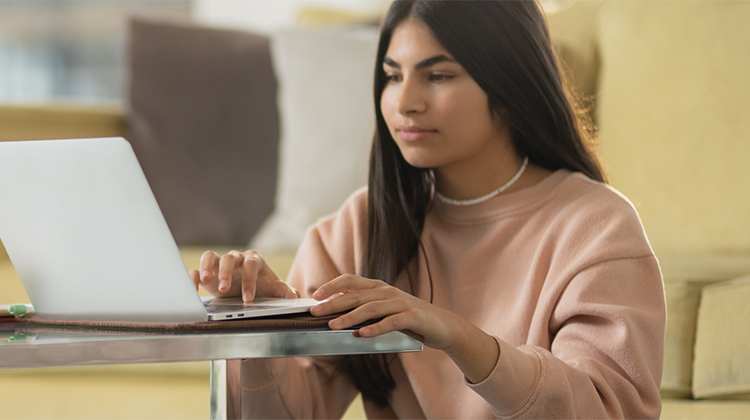Tips for online learning when the classroom closes

With the school term returning, teachers are preparing to implement new lesson plans ahead of continued remote learning and uncertain school closures. With more than 91% of the world’s student population impacted by the COVID-19 pandemic, not to mention their teachers and parents, it is an incredibly challenging time of confusion, frustration and disruption.
As digital learning goes mainstream in a hurry, right now, the key for teachers is to keep it simple. As the term begins, building in as much contact with students as possible will help them feel connected and supported throughout this process.
Learning programs and teaching styles will continue changing over the next few months but locking down the foundations for online learning will help to pivot along the way.
Leverage your network and use existing resources tested out by your school
Before getting started, seek advice from your school leaders, IT department and your local Department of Education representatives. These individuals may provide some initial clarity in the set-up stages and steer you in the right direction. If you can use the tools and programs already on offer at your school, it may remove additional preparation.
Whether you’ve been introduced to Zoom, Microsoft Teams, BigBlueButton, Curio, Oppida, Box of Books or Education Perfect, to name a few, there are a plethora of platforms and tools. If your school has an LMS established, such as Instructure Canvas, many of these intuitive and creative tools can be integrated into the one platform creating greater efficiencies for students. Online training sessions or YouTube tutorials can also be a great place to help you learn more about the tools you have chosen.
Your education network of teachers, peers and colleagues provides a fantastic outlet to share concerns, bounce ideas off and understand different approaches to online learning. This transition is a juggling act, and a simple check in with a member of staff may provide greater guidance.
Practice and patience
Once you find a platform or tool that works for you, test it out repeatedly before using it on your students. Once you have organised your teaching materials and structure, test it on your family, friends or teachers with a mock-up class. This way you can get a feel for the program you are using and understand how the student experience may differ, based on location, device of choice and technology capability. This will also help you manage your own expectations of how the class will progress using new technology and following your lesson plan.
Keep communication open with students (and parents, if necessary)
Once you kick start your online learning program, ensure that you are scheduling regular touch points throughout the day with your students. Depending on your class, this may be several times a day at scheduled times to start off with, after a break or to help move onto a new task. Keep these check ins to no more than 20 minutes to ensure momentum.
Alternatively, set up regular video meeting times for students to drop in with questions throughout the day. These can be optional and of a relaxed nature, allowing for feedback to be shared on your online teaching as well.
Some parents may need to be guided through this process and regularly communicated with. Keep this in mind and be responsive to questions they have along the way.
Show your face through video conferencing
Video conferencing, through Zoom, Microsoft Teams, Google Hangouts, Google Classroom or other platforms, is a great way to bring some energy and interaction back into the home classroom.
Have some fun with it – think casual Fridays, video quizzing, virtual excursions.
Let students take control
For many, this may be a great opportunity for self-directed learning, autonomy and confidence building. You will be able to tell the students who are engaged and those who aren’t.
Once you have adapted your program to online learning, keep the same structure and activities to allow for learning styles to be adapted as well. Let your students test out what works well for them – you may see a different response to learning in the classroom.
Out-of-class projects are also a great way to call upon the creativity of students, whether it be encouraging ‘P.E With Joe’ exercise sessions, developing dance routines for Zoom presentations or learning to cook at home.
Keep an open mind
This transition is a major disruption to learning, but it will end. Stay flexible and be ready to adjust your content, deadlines and program delivery in response to student needs. Teachers are still and will always be critical to the learning of our students and will not be replaced by technology. A balanced and blended approach to pedagogy, supported by interpersonal relationships, thoughtful delivery, and deliberate programs, will ensure your students remain engaged and maintain a varied schedule.